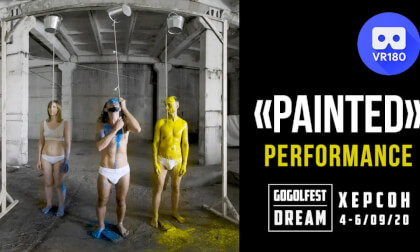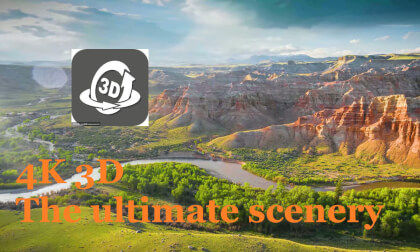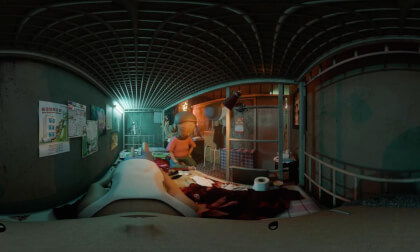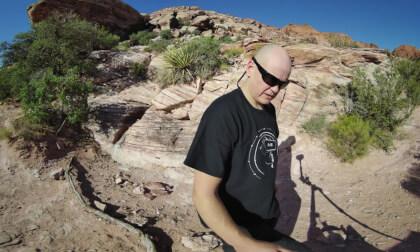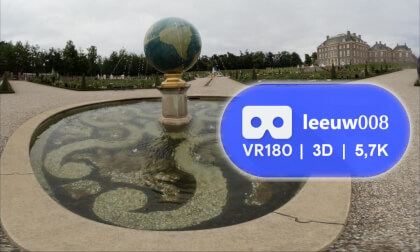
New: AI passthrough!
This amazing Deo feature uses the power of AI to turn every VR scene into AR passthrough! Now you can take characters out of VR and have them right there with you - as if they were in the same room.
Notice: AI Passthrough is presently in beta mode, and as such, users may encounter occasional service imperfections. The feature is currently exclusive to the DeoVR app, but it will soon be accessible on both browsers and mobile devices. Your feedback is highly encouraged and appreciated.
Recommended headsets:
Meta Quest 3, and Quest Pro with stereoscopic color passthrough, Pico 4 (monoscopic color passthrough).
Compatible headsets:
Quest 2, Valve Index (monoscopic black and white passthrough).
Passthrough is not compatible yet for Oculus Link cable.
Check out our complete guide to passthrough and join in the discussion at our busy forum.
These mines were already exploited in Roman times, although it was in the Middle Ages when they began to appear in royal documents. This exploitation intensified when the kings of the Crown of Aragon made use of the mine, being the only one of similar characteristics in the whole area and constituting a monopoly in Zaragoza. At this time, salt became one of the greatest revenues of the Crown, as it was a fundamental product for preserving food and necessary for the survival of the communities. Years later, demarcations were created and the mines became private property.
Little by little, small companies or individuals ceded their properties to "Salinera Aragonesa", until, after several owners, the "Real" mine ended up being the property of the English company "The Pure Salt Limited", later "Purasal".
But, how many mines are there really in Remolinos?
In 1909, 59 mines were exploited, although only some of them, such as La Real, El Garbanzo, El Ángel or El Balcón, were exploited with a certain intensity. Even today you can still see, at the foot of the Remolinos escarpment, numerous entrances to the small mines that were being worked until the beginning of the 20th century.


